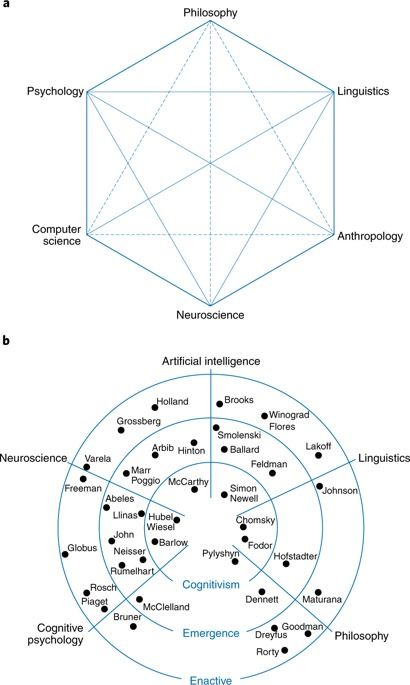Circa 2016
Researchers studying nanowires have found a battery material that can be recharged for years, even decades.


Space technology expert and former Area 51 rocket designer David Adair will show you visuals and graphics of what the Aerospace Community had intended to build in space with the Shuttle program. These projects have never been seen before or announced to the public.
Learn about: Space Stations, Space Manufacturing, Space Based Medicines and Micro-Gravity Processing that the Aerospace Corporations wanted to build but were told NO by NASA because it was ‘too much industrialization of space’. Prepare to be amazed at the possibilities that exist! Meet and hear from one of the most exceptional rocket scientists of our time.

Bitcoin reached the highest value the popular cryptocurrency has had in the last 16 months — $11,251.21 — on Monday.
And Facebook is likely to blame. Analysts suggest that the social media giant’s recent unveiling of its own cryptocurrency called Libra likely bolstered investors’ confidence in crypto across the board, according to Agence France-Presse. Though Bitcoin never really recovered from its massive crash in late 2017, the recent resurgence is a sign that the cryptocurrency isn’t quite fading away as some believed.
The Universe is 13.7 billion years old.
About five billion years ago, an energy field that we call dark energy became important. Dark energy is a repulsive form of gravity, which means that the expansion of the universe isn’t slowing down, it’s accelerating.
After 9 billion years of the expansion of space slowing down, it’s now speeding up.

New research has identified a type of bacteria found in the microbiomes of elite athletes that contributes to improved capacity for exercise. These bacteria, members of the genus Veillonella, are not found in the guts of sedentary people.
By taking a closer look at the bacteria, the researchers from Joslin Diabetes Center determined Veillonella metabolizes lactic acid produced by exercise and converts it into propionate, a short chain fatty acid. The human body then utilizes that propionate to improve exercise capacity. The results were reported today in Nature Medicine.
“Having increased exercise capacity is a strong predictor of overall health and protection against cardiovascular disease, diabetes, and overall longevity,” says Aleksandar D. Kostic Ph.D., TITLE., a co-author on the paper. “What we envision is a probiotic supplement that people can take that will increase their ability to do meaningful exercise and therefore protect them against chronic diseases including diabetes.”

By Timothy Revell
They say 10,000 hours makes an expert, but for video-game playing AIs much more is needed. After playing thousands of years’ worth of the video game Dota 2, artificial intelligence is now able to beat the world’s top amateurs.
Dota 2 is a multiplayer battle arena game. Two teams of five take on each other across a large map, defending their own base whilst trying to attack their opponents. It is the game that has the largest prize money of any e-sport, so there are many professional players able to play at a very high level.

More than a half-century ago, the ‘cognitive revolution’, with the influential tenet ‘cognition is computation’, launched the investigation of the mind through a multidisciplinary endeavour called cognitive science. Despite significant diversity of views regarding its definition and intended scope, this new science, explicitly named in the singular, was meant to have a cohesive subject matter, complementary methods and integrated theories. Multiple signs, however, suggest that over time the prospect of an integrated cohesive science has not materialized. Here we investigate the status of the field in a data-informed manner, focusing on four indicators, two bibliometric and two socio-institutional. These indicators consistently show that the devised multi-disciplinary program failed to transition to a mature inter-disciplinary coherent field. Bibliometrically, the field has been largely subsumed by (cognitive) psychology, and educationally, it exhibits a striking lack of curricular consensus, raising questions about the future of the cognitive science enterprise.
New mind-controlled robotic arm works without brain implants.